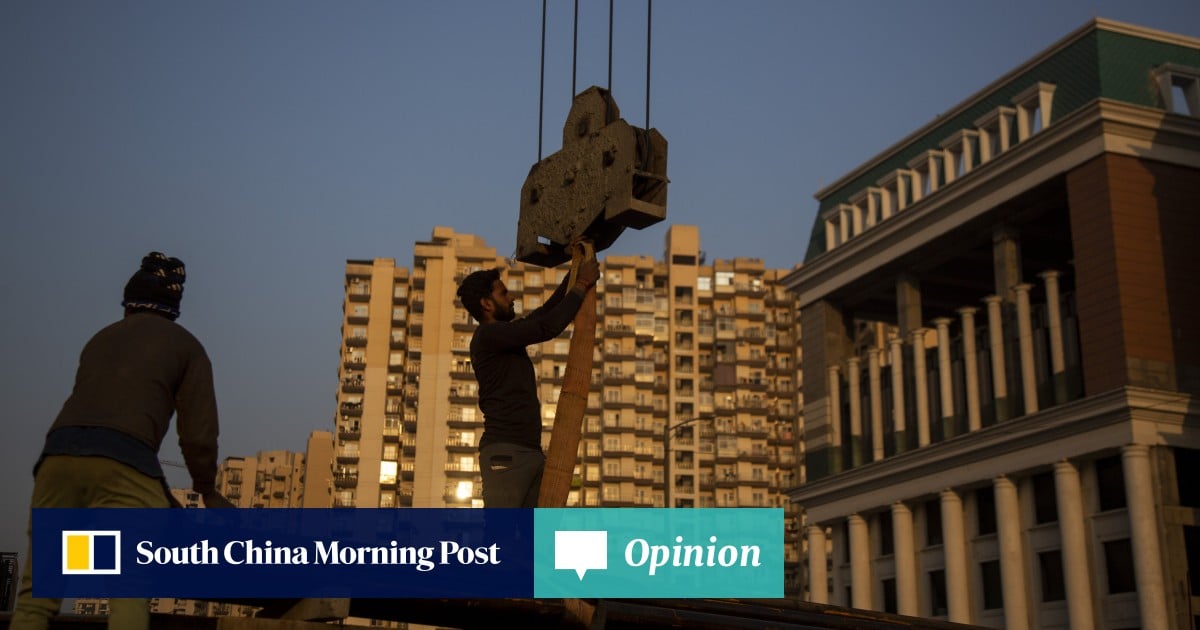Last week, JLL and LaSalle published the latest edition of their Global Real Estate Transparency Index, a benchmark of market transparency in 89 countries and territories that assesses the legal and regulatory environment, availability of data and operating conditions across a wide range of geographies.
One of the most important trends in recent years has been the strides made by countries in the Asia-Pacific region. Singapore is now a member of the 13-strong group of “highly transparent” markets, which also includes Australia, New Zealand and Japan.
Yet the market that has shown the biggest improvement is India. Asia’s third-largest economy was the “top global improver” in the past two years, with its leading cities entering the “transparent” group of markets as their real estate sectors became more institutionalised and the quality of data improved.
Greater transparency is just one of several factors that have contributed to the exceptional performance of India’s property industry in the past few years. The explosive growth is remarkable, given mounting global economic and geopolitical threats, high interest rates, the more uncertain political environment in India following the unexpected loss of the ruling Bharatiya Janata Party’s parliamentary majority and the country’s notoriously weak labour market.
It is all the more striking given the sharp slowdown in other leading Asian property markets, especially in the commercial sector. Many office markets in the region are suffering from oversupply, driving up vacancy rates to all-time highs and weighing on rents, particularly in China. Investment activity has fallen sharply since 2022, with transaction volumes across the region down 7 per cent in annualised terms in the first half of this year, according to data from MSCI.

